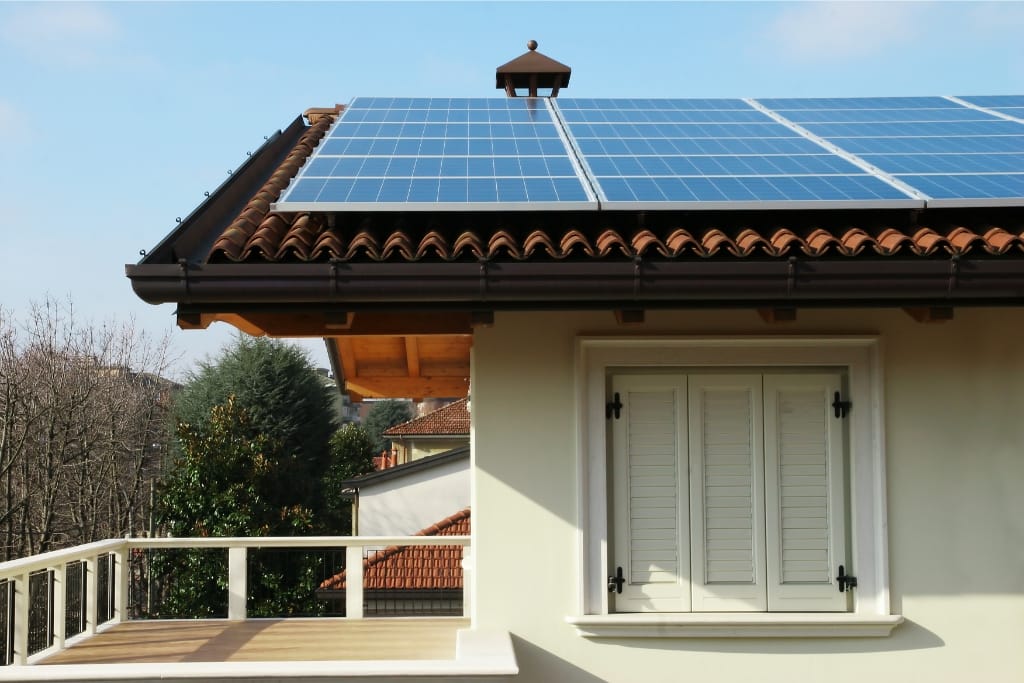The use of solar panels for homes has been increasing in popularity in recent years.
As homeowners continue to search for ways to reduce their reliance on fossil fuels and save on their energy bills, the adoption of solar energy systems has grown, especially with the advancement of technology and the availability of government subsidies.
However, not many homeowners know the components and technologies that make up a home solar system.
This article will guide you through each of these nine technologies that make up a home solar system.
1)) Solar Panels
Solar panels or photovoltaic (PV) panels are the core of any solar system.
They are made up of several individual solar cells connected together to form an array that converts solar energy into electricity.
2)) Inverter
An inverter is a device that converts the direct current (DC) produced by solar panels into alternating current (AC) used in homes.
AC is the type of electricity used in your home, so the inverter is required to make the energy from the solar panels usable in your household appliances.
3)) Mounting Hardware
The mounting hardware includes racks, clamps, and bolts used to secure the solar panels to the roof or ground in a stable and durable way.
4)) Solar Batteries
Solar batteries are used to store excess energy produced by the solar panels during the day for use at night or during cloudy weather.
5)) Charge Controller
A charge controller regulates the amount of current flowing from the solar panels to the battery, preventing the battery from overcharging or discharging, which can damage the system.
6)) Monitoring System
Monitoring systems allow homeowners to track their solar system's performance, including the amount of energy produced, energy saved, and environmental impact.
7)) Power Meters
Power meters measure the amount of electricity generated by your solar panels and the grid to which your excess electricity is fed back.
8)) SwitchBoard
When solar power is generated, the switchboard automatically switches to the solar power supply to power appliances within the house.
9)) Energy Monitoring
Energy monitoring technology helps you keep track of how much energy your household uses and where that energy goes.
Pro-Tip: While relying entirely on solar energy is possible, a backup generator can be a great addition to your home solar system in case of emergencies.
Conclusion
Solar panels are a perfect solution for anyone looking for a way to reduce their carbon footprint and save money on their energy bills.
But before you invest in a solar system, it's essential to understand the technologies and components that make up a solar system so you can make informed choices.
In this article, we have outlined the nine critical technologies that make up a home solar system.
Now that you know what these technologies are, you can start taking steps to have a solar power contractor install a home solar system and start enjoying its benefits.
With the fantastic solar performance you get from this system, there is no harm in considering it one of the best investments that will help reduce energy bills while being environmentally friendly.
Are You Looking For The Best Solar Power Installers In Sacramento Ca? Click Here To Get In Touch With A Solar Expert Today!
Download Our Free E-book!








